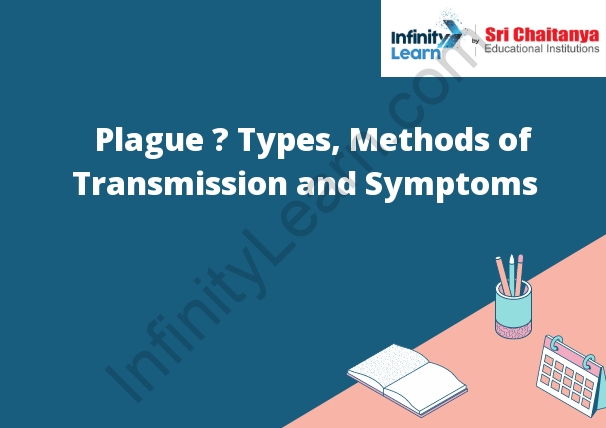Table of Contents
What is Plague?
The plague is a bacterial infection caused by Yersinia pestis. It is a serious and potentially fatal illness that can spread through the air, or by contact with an infected animal or person.
- Symptoms include fever, headache, and swollen lymph nodes.
- The plague can be treated with antibiotics, but if left untreated can lead to death.

Massive Impact Of Plague On Humanity
- The plague, also known as the Black Death, was a devastating pandemic that afflicted Europe and Asia in the 14th century. It is believed to have been caused by the Yersinia pestis bacterium, which is carried by fleas.
- The plague spread rapidly, killing millions of people in its wake. The pandemic had a massive impact on humanity, causing social and economic upheaval, and leading to a decline in population.
- The plague also had a profound cultural impact, shaping the way people thought about death and the afterlife.
Types Of Plague
There are three main types of plague: bubonic, pneumonic, and septicemic.
- Bubonic plague is the most common type of plague and is caused by the bubonic plague bacteria, Yersinia pestis. This type of plague is spread through the bite of an infected flea, usually from a rat or other small animal.
- Pneumonic plague is a more serious form of plague that can develop after bubonic or septicemic plague. It is caused by the same bacteria, Yersinia pestis, and is spread through the air when an infected person coughs or sneezes.
- Septicemic plague is a very serious form of plague that can occur with either bubonic or pneumonic plague. It is caused by the same bacteria, Yersinia pestis, and is spread through the blood.
Methods Of Transmission In Details
- There are various ways that HIV can be transmitted from one person to another.
- Some of the most common ways include having unprotected sex, sharing needles, and from mother to child during pregnancy, childbirth, or breastfeeding.
- HIV can also be transmitted through contact with infected blood, semen, or vaginal fluids.
Symptoms of a concussion
- Symptoms of a concussion can vary, but often include headache, dizziness, nausea, vomiting, and fatigue.
- Other symptoms may include changes in mood or behavior, confusion, trouble concentrating, sensitivity to light or noise, and problems with balance and coordination.
Diagnosis
- The patient is likely suffering from an anxiety disorder. Symptoms of anxiety disorders can include excessive worry, fear, and nervousness.
- The patient may also experience physical symptoms such as a racing heart, sweating, and dizziness.








